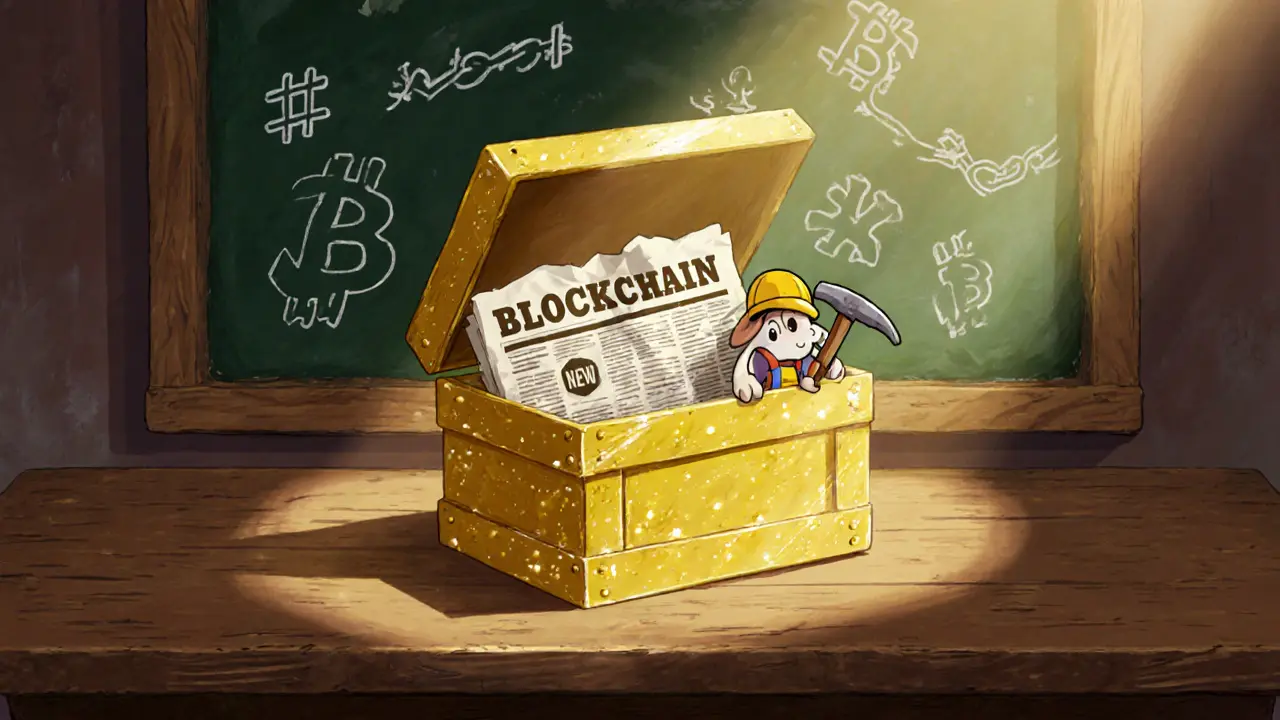Blockchain Creation: How It Works and Why It Matters
When talking about blockchain creation, the process of designing, building, and launching a new distributed ledger system. Also known as blockchain development, it brings together code, consensus rules, and token economics to form a self‑sustaining network. Blockchain creation isn’t just about writing smart contracts; it also involves choosing a consensus mechanism, defining governance, and preparing for real‑world integration. This big picture sets the stage for everything else you’ll read on this page.
One key accelerator for blockchain creation is the regulatory sandbox, a controlled environment where innovators can test blockchain projects under relaxed regulations. Sandbox programs let developers experiment with token models and cross‑chain features without facing full compliance penalties, which speeds up iteration and reduces upfront costs. Another emerging arena is blockchain energy, the application of distributed ledger technology to power grids, peer‑to‑peer trading, and carbon‑credit tokenization. By embedding energy data on a blockchain, projects can create transparent, tamper‑proof records that support new business models like micro‑grid trading. Together, regulatory sandboxes and blockchain energy illustrate how blockchain creation encompasses both legal frameworks and sector‑specific use cases, forming a feedback loop that shapes design decisions.
Beyond the legal and infrastructure layers, the financial side of blockchain creation brings tokenomics, stablecoins, and security audits into focus. Tokenomics define how a native token distributes value, incentivizes participation, and fuels network growth—think of the ATA airdrop rules or FORWARD token vesting schedules. Stablecoins act as a low‑volatility bridge, allowing creators to price assets and pay fees without exposing users to wild market swings; they influence blockchain creation by stabilizing on‑chain economics. Finally, a solid smart contract audit—often costing between $5,000 and $30,000 in 2025—ensures that the code powering the ledger is free of critical bugs, protecting both users and regulators. These components form a practical checklist: design consensus, test in a sandbox, integrate energy or other sector data, choose token economics, secure stablecoin backing, and verify code security.
Now that you have a clear map of the major pieces—regulatory sandboxes, energy use cases, tokenomics, stablecoins, and audits—you’ll find a curated set of articles below that dig deeper into each area. From global sandbox guides to energy‑focused blockchain roadmaps, each post offers actionable details you can apply to your own blockchain creation journey.
